Castles in Stirling
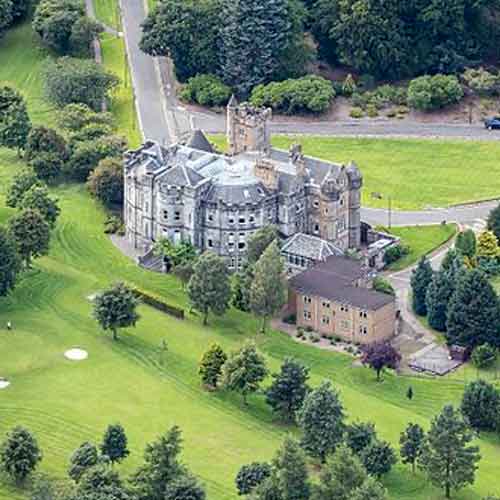
Airthrey Castle
Airthrey Castle is a historic building and estate which now forms part of the buildings and grounds of the University of Stirling in central Scotland. Airthrey Castle was built in 1791 by Robert Haldane whose family had owned the estate since 1759. Robert Haldane improved the estate, created the loch and landscaped the grounds before selling the estate in 1798 to Sir Robert Abercromby. The estate was bought by Donald Graham, a Glasgow merchant, in 1889. He extended the house and planted the grounds with conifers and rhododendrons, the latter provided by George Forrest (1873 – 1932). Airthrey Castle became a Maternity Hospital during World War II and continued in this role after Stirling County Council purchased the estate in 1946.
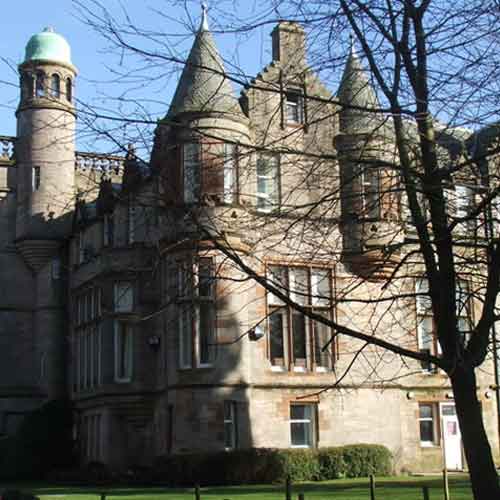
Ballikinrain Castle
Ballikinrain is now an independent residential school in Stirling, central Scotland. built in 1868 for Sir Archibald Orr-Ewing, (1818–1893) a Conservative Party politician.
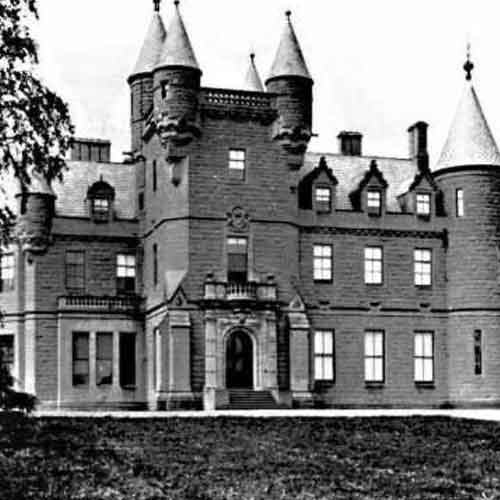
Buchanan Castle
Buchanan Castle is a ruined country house in Stirlingshire, Scotland, located 1 mile west of the village of Drymen. Originally the home of the Buchanan family, it passed to the Grahams in the 17th century.
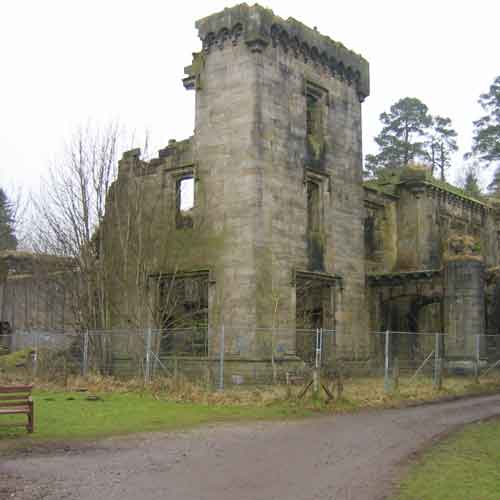
Craigend Castle
Craigend Castle is a ruined country house, located to the north of Milngavie, in East Dunbartonshire. The lands of Craigend were part of the Barony of Mugdock in medieval times, but the estate was sold in the mid-17th century to the Smith family.
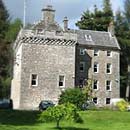
Culcreuch Castle
Culcreuch is a beautiful 1600-acre Scottish Country Estate dating back to the 14th century. It is the ancestral home of Clan Galbraith,
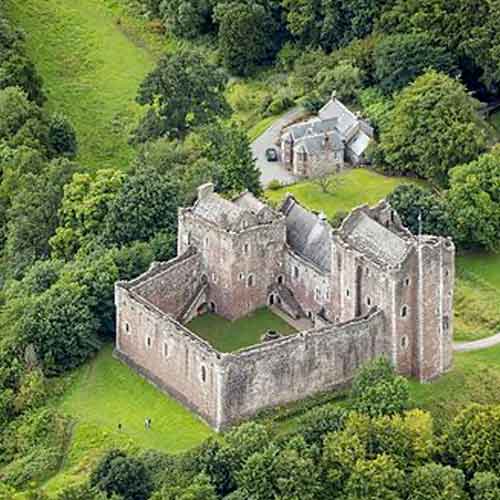
Doune Castle
Doune Castle is a medieval stronghold near the village of Doune, in the Stirling district of central Scotland. Doune Castle was the medieval stronghold near the village of Doune, in the Stirling district of central Scotland. Stirling is known historically as the ‘Gateway to the Highlands’. The strategic importance of this area was recognised early on, the Romans had built the fort at Ardoch which is nearby to where Doune Castle is, also earthworks surrounding the present castle indicate that there was an earlier castle on the same site. The name doune derives from the word ‘dun’, meaning an ancient stronghold.
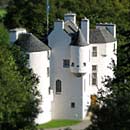
Edinample Castle
Edinample Castle is a late 16th century castle on the southern shores of Loch Earn near Balquhidder in the Stirling council area of Scotland. The castle takes the form of a Z-plan tower house, originally built by ‘Black’ Duncan Campbell (Donnchadh Dubh) of Glenorchy. It is built on land acquired by the Campbells after their campaign for proscription, and subsequent demise of the MacGregors. It is said that Black Duncan pushed the castle’s builder off the roof, in part to avoid paying him, but also because he omitted to construct the ramparts that had been requested. It is also said that the ghost of the builder has been seen walking on the roof.
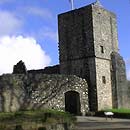
Mugdock Castle
Mugdock Castle was the stronghold of the Clan Graham from the middle of the 13th century.
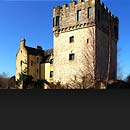
Plean Castle
Plean Tower, also known as Cock-a-bendy Castle, Mengie Castle, Menzies Castle and Plane Castle,
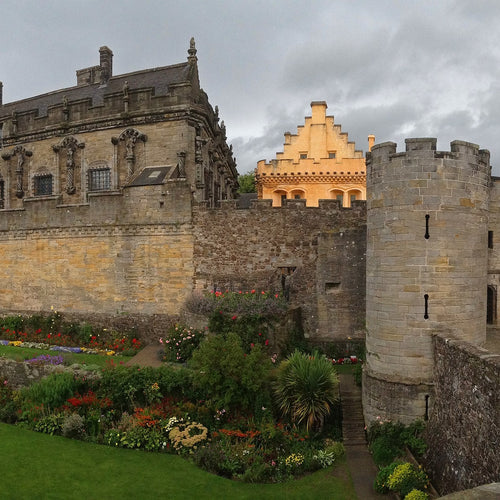
Stirling Castle
Stirling Castle is the grandest of Scotland’s castles, like Edinburgh it sits up high on volcanic rock, visible for many miles in every direction. Stirling Castle played an important role in Scottish history. It’s strategic position for controlling central Scotland meant Stirling Castle has seen a long and bloody history, it’s been attacked or besieged at least 16 times. Three battles have been fought in its immediate vicinity, two of which were turning points in Scottish history: and a fourth equally important battle took place just a few miles to the north. A number of Scottish Kings and Queens have been baptised, or crowned, or died in or near Stirling Castle. At least one King was murdered nearby: while another committed murder within its walls.
